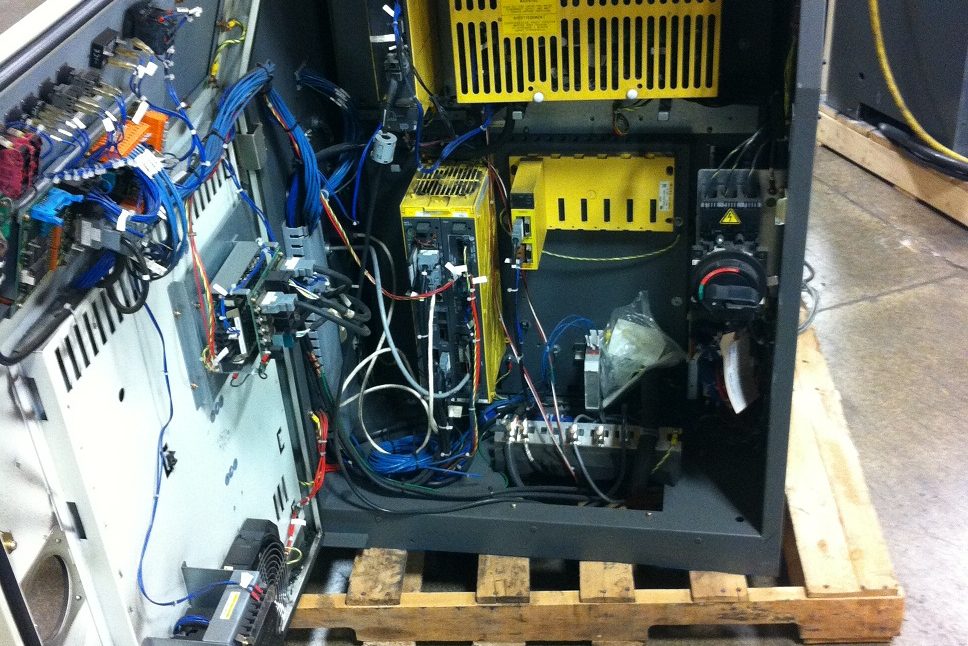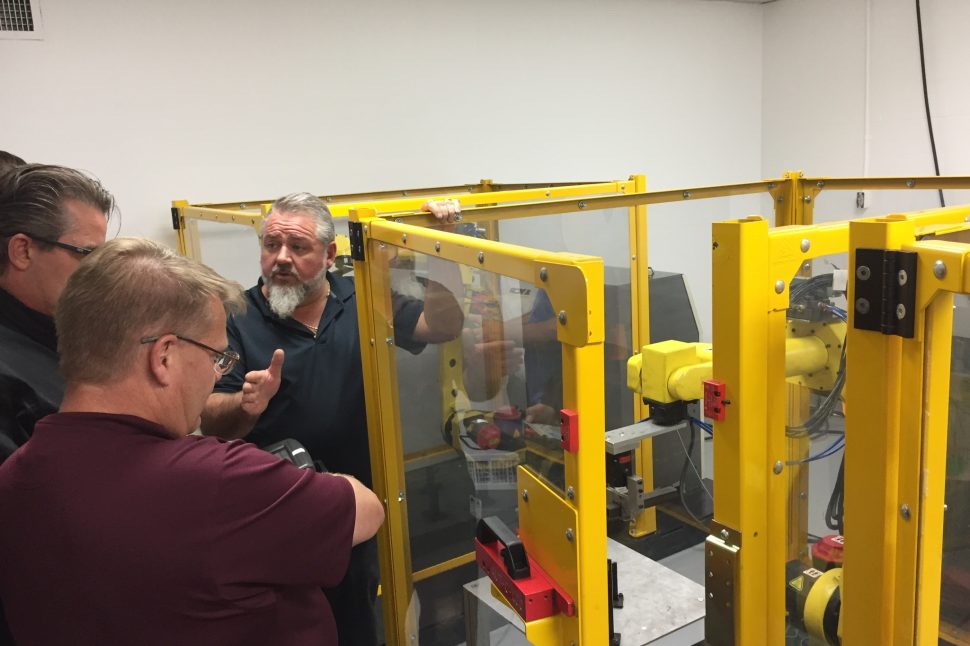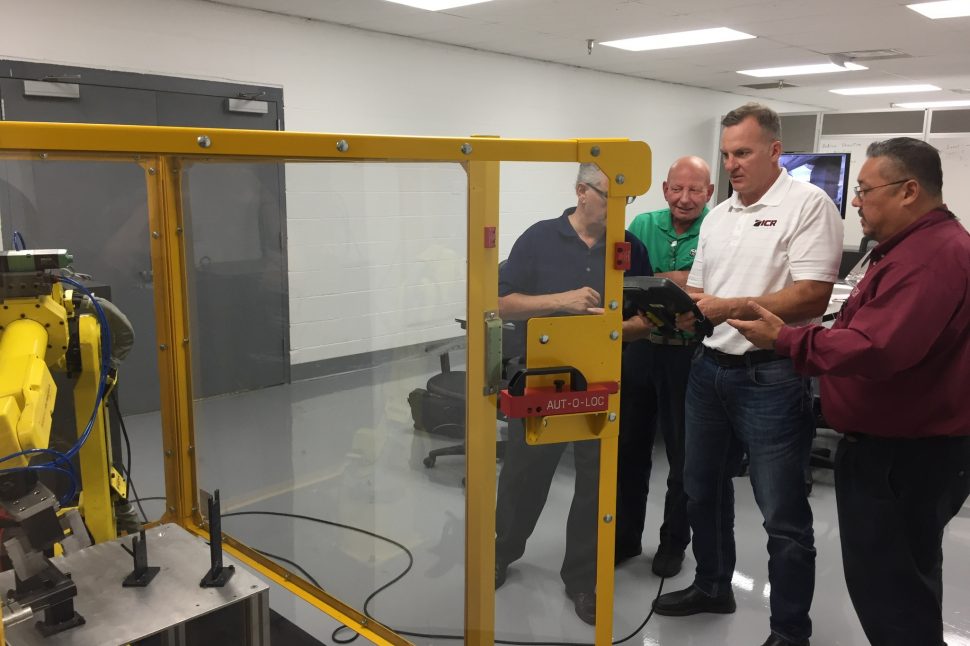Understand Basic Robot Operation and Programming
ICR’s Fanuc Level 1 and 2 training courses uses in-depth, hands-on exercises to teach students basic robotic skills necessary for operation, programming, root cause system troubleshooting, recovery, and efficient teach pendant navigation. Students learn core robotic concepts such as coordinate systems, tool center point verification, program and macro selection, and program flow. Throughout the course, students will gain hands-on experience with Fanuc’s RJ-3, RJ3iB, R30iA and R30iB controllers. Following completion of this course, students will understand basic techniques for improving and validating cycle time.
Improve or expand your Fanuc robotic skills
Course Details
- Printed manuals developed by Valentine Automation include objectives for each chapter, terminology, theory, procedures, and in-depth hands-on lab activities
- Copies of test scores, sign-in sheets, certificates, and course evaluations will be forwarded via email
- Students will receive certificates for completing the class
Increase your production floor skills
Students will gain valuable knowledge of robot communication methods, inputs and output types and program instructions that are critical for operation and troubleshooting. Our course also covers robot mastering verification, mastering and calibration method, file utilities, backup & restore functions. We also make sure to provide information on basic robot program utilities for adjusting and shifting positions while in teach mode or automatic mode. When students complete our Fanuc Level 1 and 2 course, they will learn root cause troubleshooting methods to minimize positional and program changes are covered to eliminate unnecessary downtime.

Fanuc Robotic Training Topics
- Safety
- Systems Components
- Control Panel and Status Indicators
- Teach Pendant Navigation
- Coordinate Systems
- Efficient Jog Methods
- Fault Recovery and Alarm History
- Program Selection and Cycling
- Macros and Manual Functions
- Commonly Used Program Instructions
- Application Specific Commands
- System Troubleshooting
- Data, Registers, and Schedules
- Proper Use of Function Abort
- Point Touch-Up vs Adding Positions
- TCP Adjust vs Position Modification
- Program Editing and Program Adjust
- Troubleshooting Using I/O
- Auto Mode Preparation and Recovery
- Setup/Verify Tool Center Point
- Mastering, Calibration, and Verification
- Backup and Image File Utilities








